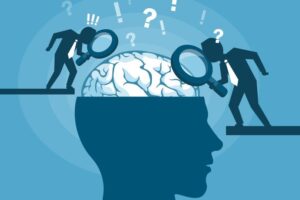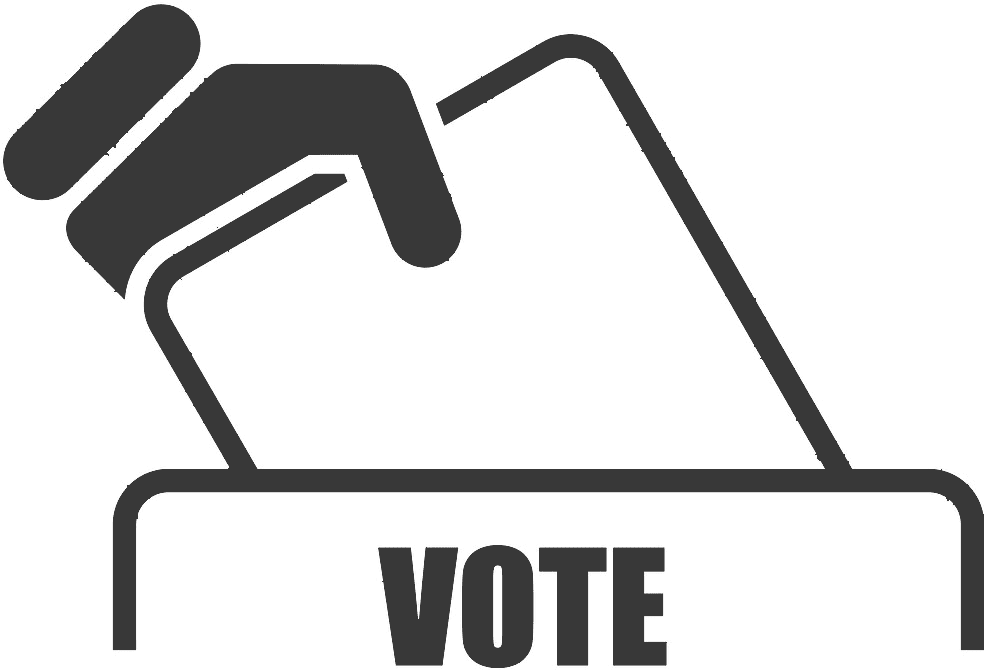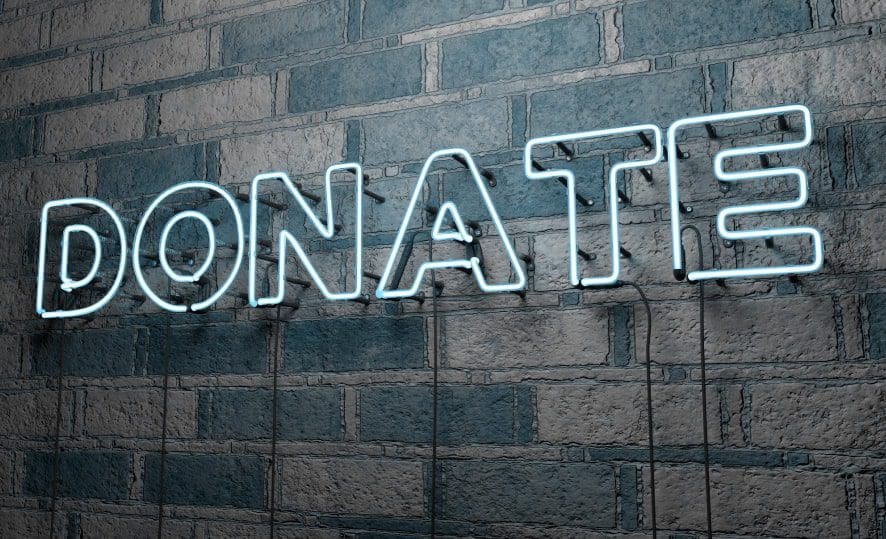A basic understanding of economics can simplify complicated issues regardless of what politicians and news pundits would have you think. When we look at marijuana smuggling, for example, weed used to be the cash crop in terms of illicit drugs smuggled from Mexico over into the U.S. However, the rise in the number of states with legal weed is providing the government with some numbers they might not feel too happy about.

According to David Bier, a policy analyst at the Cato Institute who analyzed the drug trade in a recent piece at Reason Magazine, in 2018 “the average Border Patrol agent was seizing just 25 pounds [of marijuana] for the entire year, or less than half a pound per week– a drop of 78 percent from 2013.” So has the threat of the wall diminished drug smuggling across the border? Are Americans just tired of weed? No to both, consumers would just rather go in broad daylight to a legal store where their product isn’t laced with rat poison instead of dealing with someone that might shoot them in an alleyway.
Bigthink.com explained this cause, stating that back “in 2014, Colorado and Washington moved to fully legalize marijuana, and more states began to follow. This legalization correlated with not only a decrease in marijuana seizures at the U.S.–Mexico border but also a drop in seizures of all drugs.”
Basic economics can explain this even further; the supply from Mexican cartels is being blocked by the supply from legal marijuana growers in states where it is legalized, meaning the supply drop has everything to do with the legalization of the drug and less with a wall, or at least the threat of one. The constant and growing U.S. demand for drugs from Mexico is what has ramped up drug trafficking across the border the last forty years, and now that Americans can get their product domestically instead through legal means, they don’t have to go through the drug cartels meaning the cartels have less incentive to cross the border carrying substances no one wants to buy anymore.
However, the tug of war between legal drugs and illegal drugs has caused some cartels to increase the supply of dangerous drugs such as fentanyl and heroine, meaning “these rises, which were measured in the value of drugs seized, only occurred at ports of entry where a border wall would have no effect.”
What all this shows is that education, legalization, and decriminalization will do more to reduce crime and usage of drugs and substances which are killing a record number of Americans each year.

























